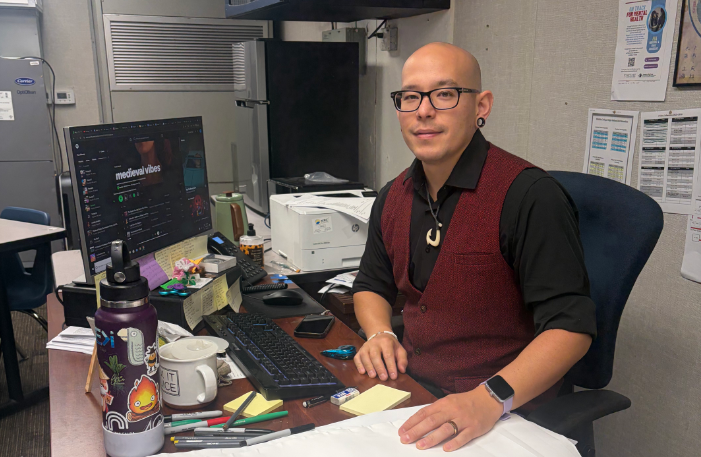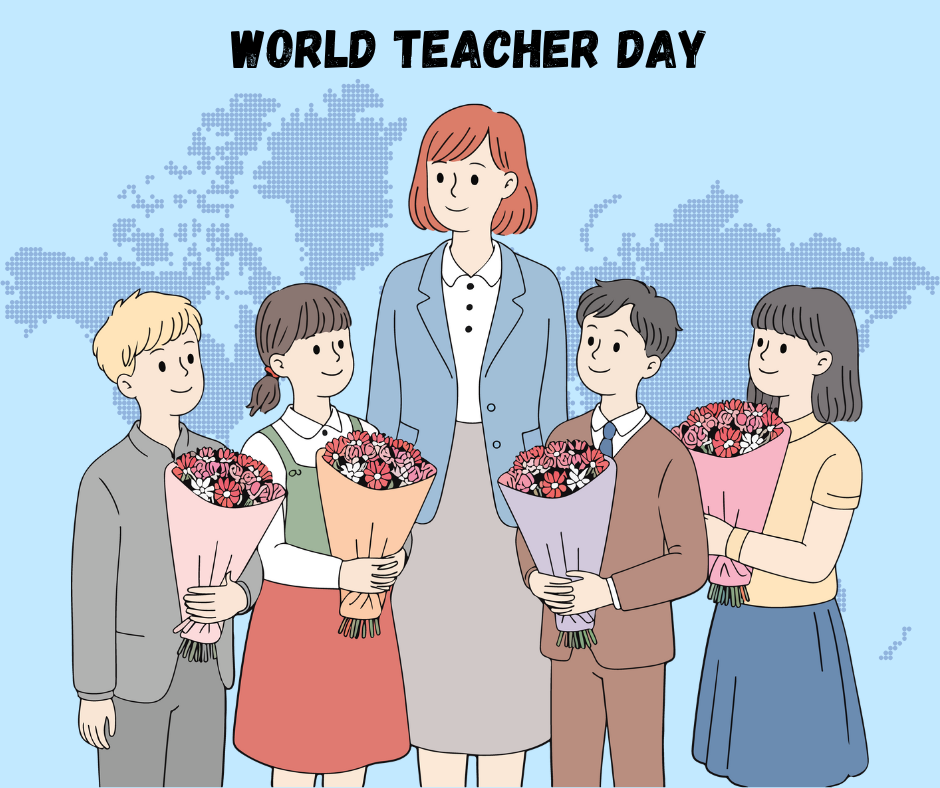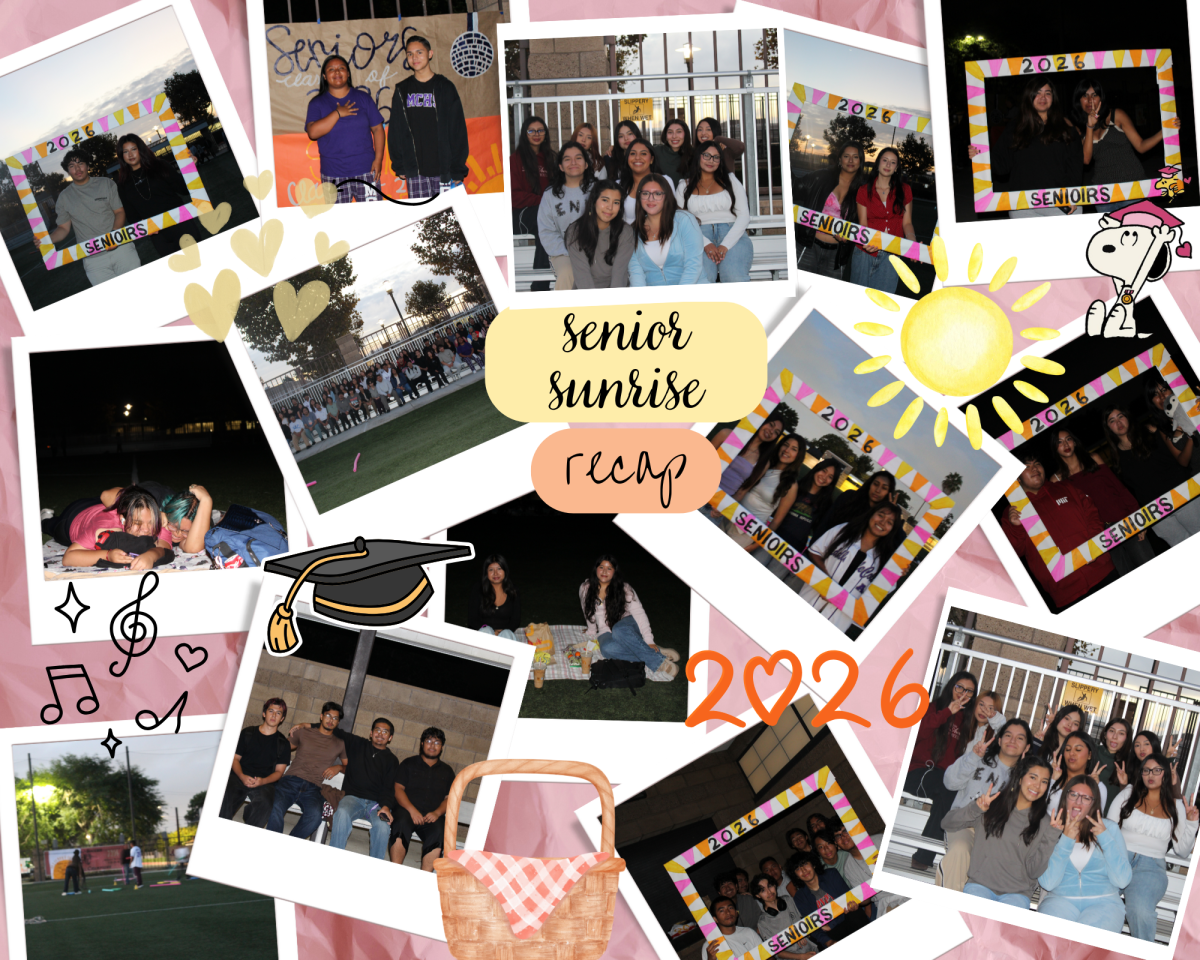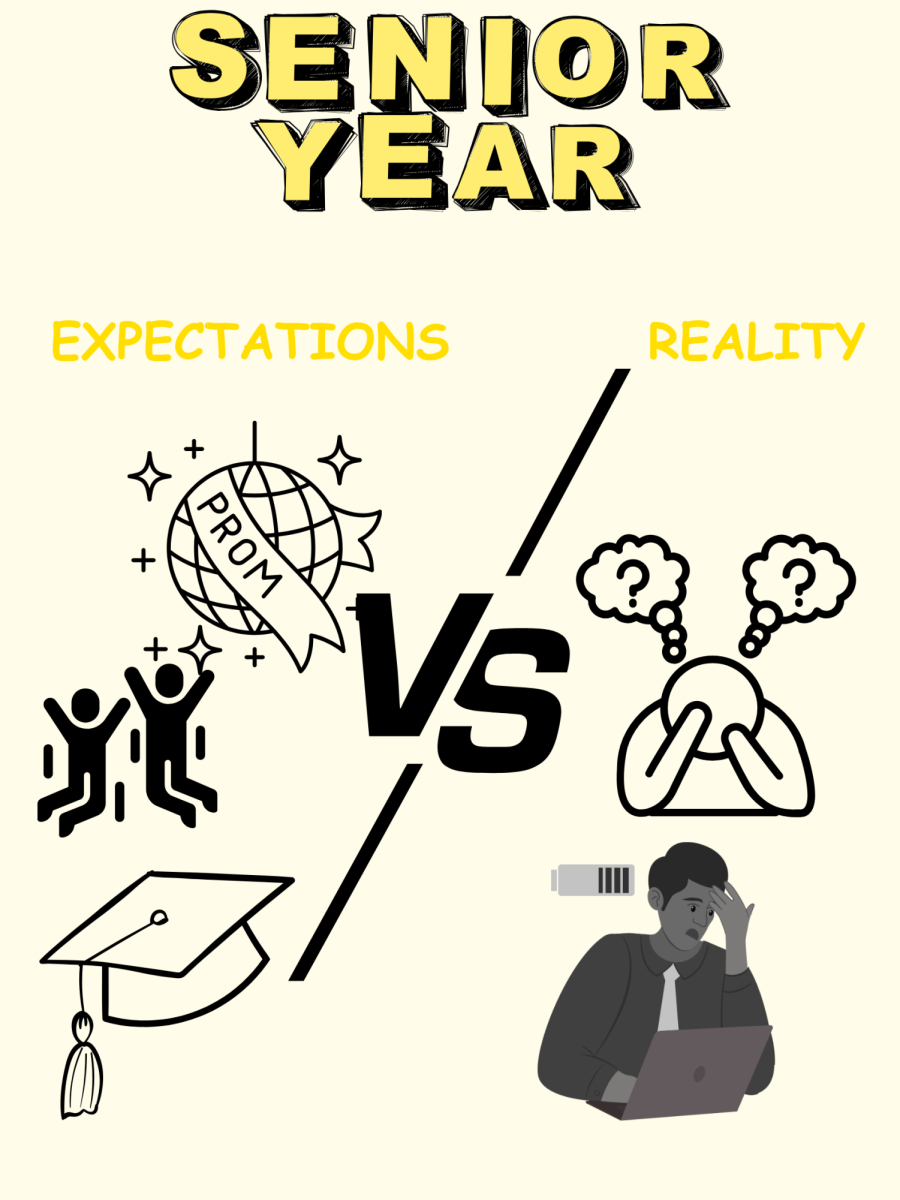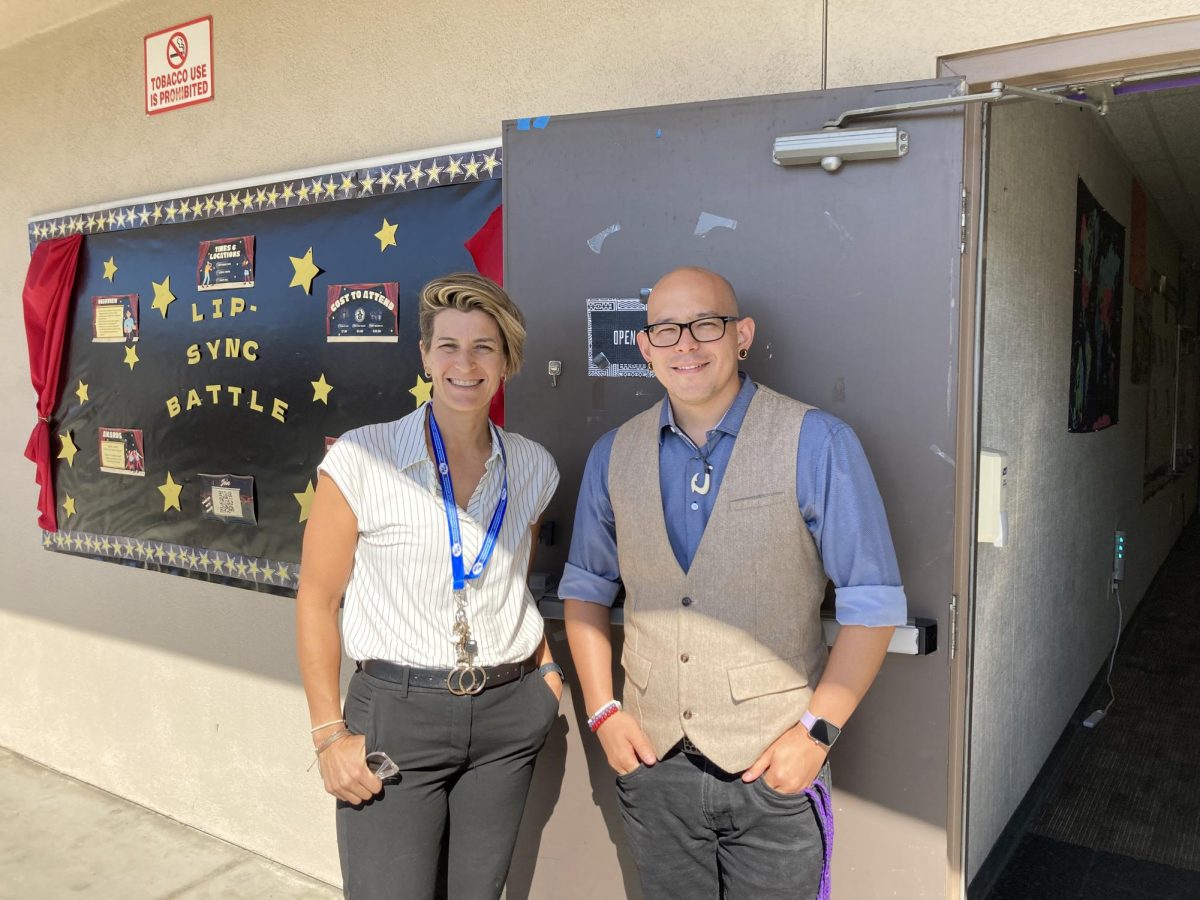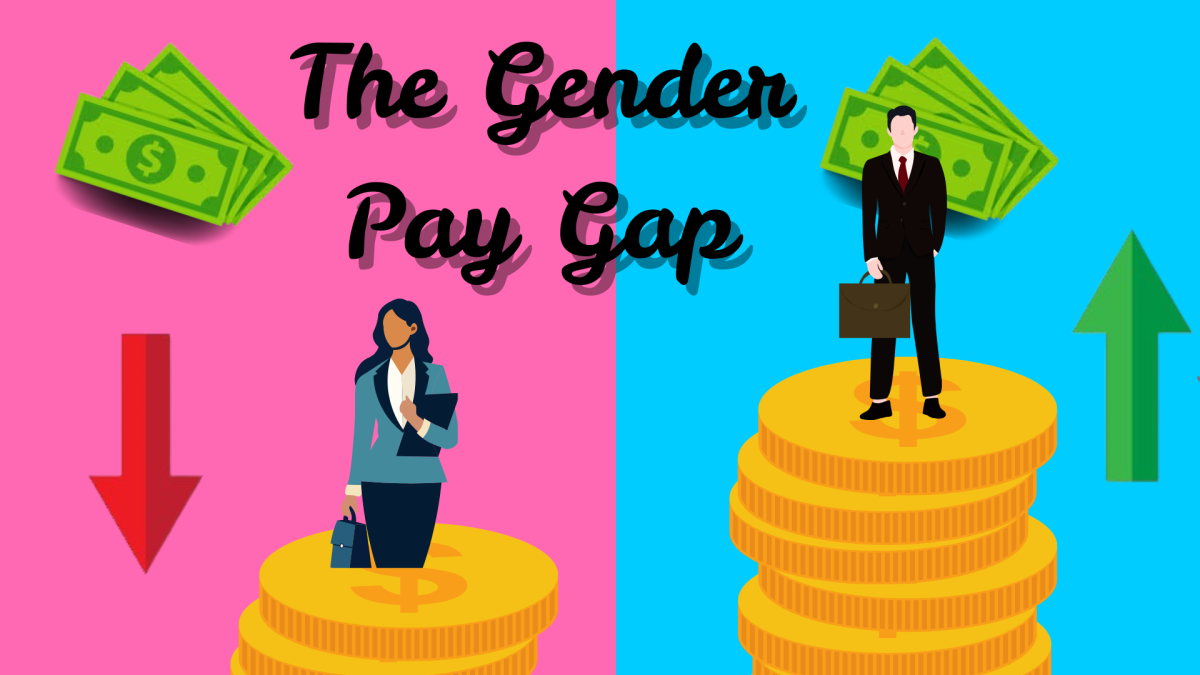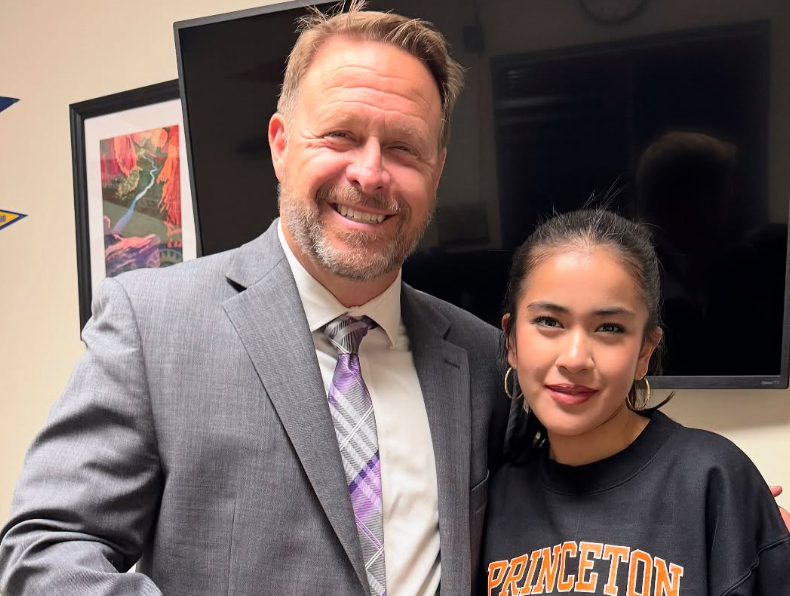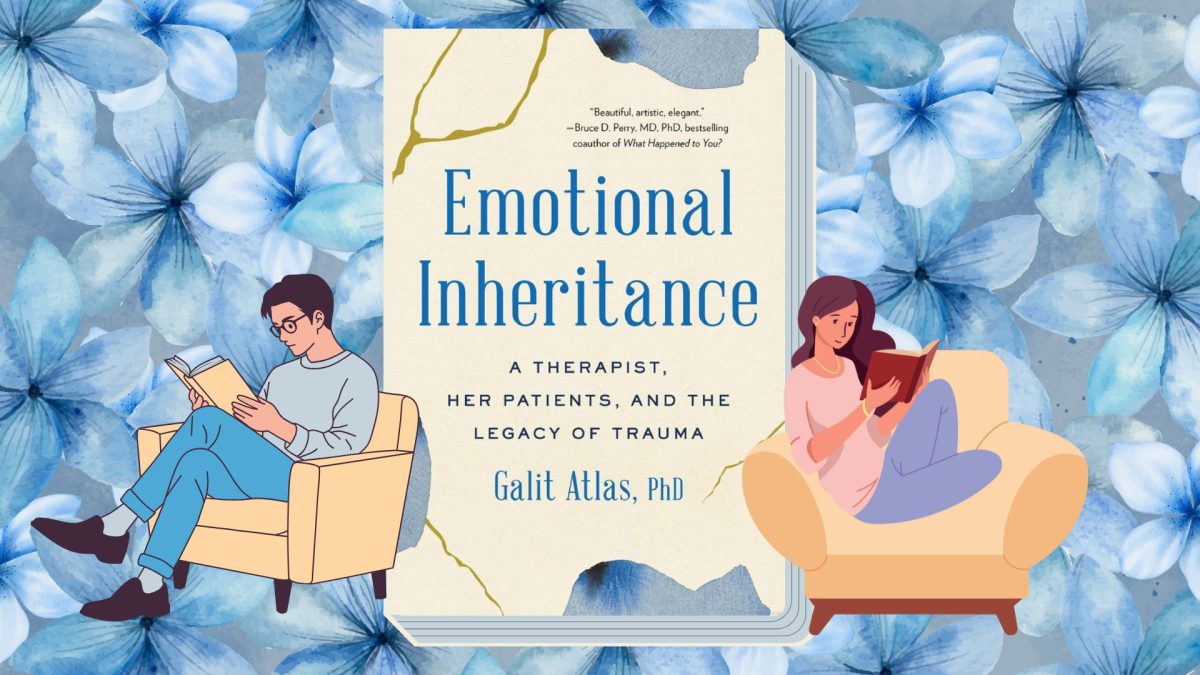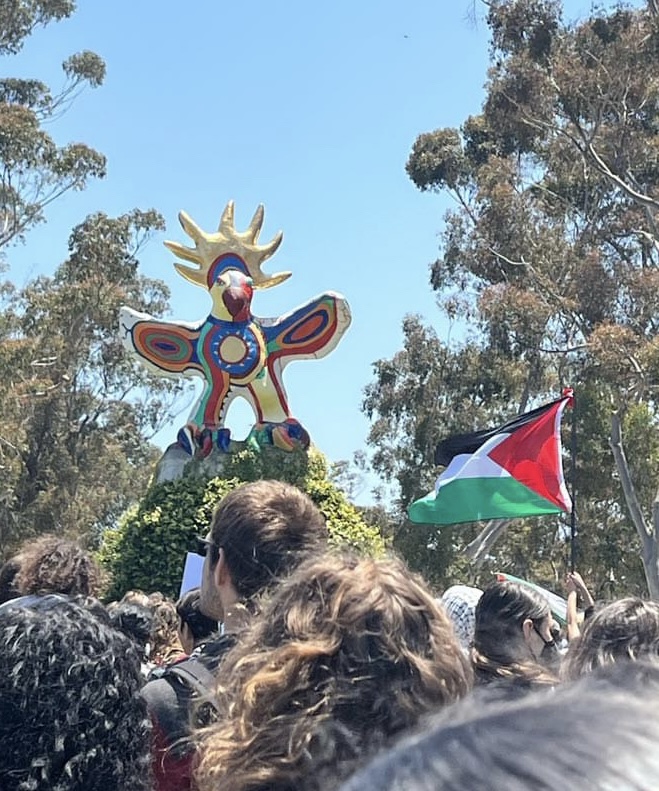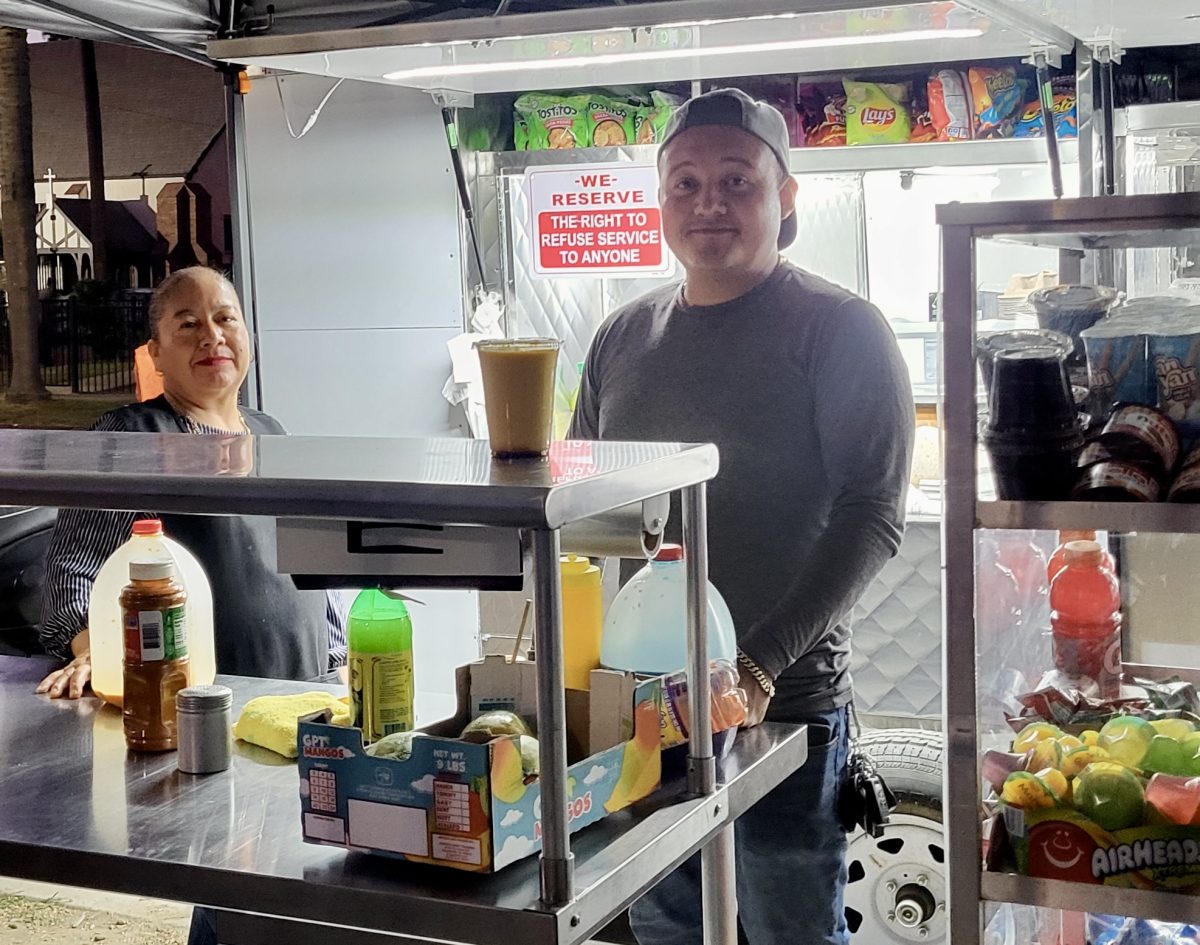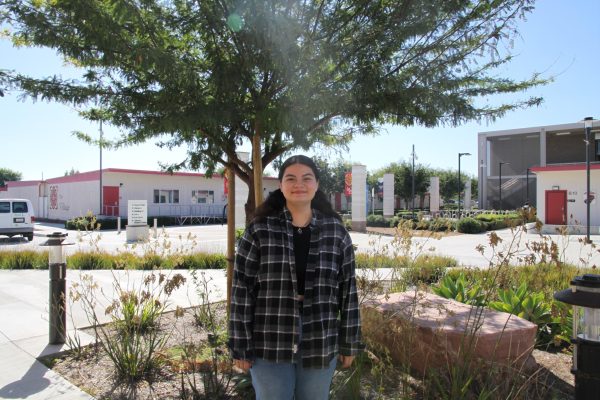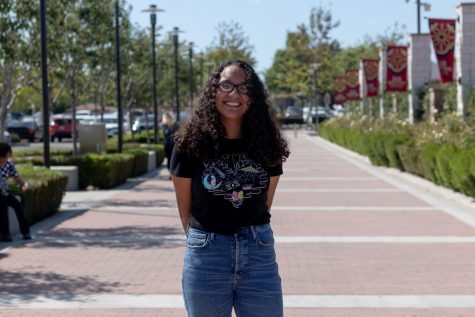Santa Ana has a long history of protesting. From the grass-roots protesting that ranged from 1976 to 1988 to the Black Lives Matter movement in 2020, citizens of Santa Ana have not been shy to be advocates for movements and openly participate. This has not changed with the most recent movement to call for a ceasefire in the war going on in Gaza.
Demands for a ceasefire have been addressed in city council meetings in Santa Ana. The most recent ones occurred on Tuesday, March 5. At this scheduled board meeting, a resolution calling for a ceasefire was passed. Not only that, but the resolution also called for the release of Israeli hostages and to recognize a free Palestian state and Israel’s right to exist.
Destiny Torres, in her article titled “Santa Ana City Council adopts resolution calling for permanent ceasefire in Israel-Hamas war”, shares how split the council members were on the call for a ceasefire.
“Councilmembers Jessie Lopez, Johnathan Hernandez and Thai Viet Phan threw their support behind the resolution, but Mayor Valerie Amezcua was opposed. Councilmembers Phil Bacerra and David Penaloza stepped out of the meeting before the discussion got started,” Torres said.
Torres also shares how one of the council members, Thai Viet Phan, only agreed to support the resolution after language was added to the resolution.
“Phan pushed previously for leaving out the call for a ceasefire and this time got language added to the resolution calling for peace for all people. Phan said she was only going to support Santa Ana making a statement if it specifically called for a bilateral ceasefire, release of hostages and affirmed a two-state solution,” Torres said.
The resolution was eventually passed, and Santa Ana became the first city in Orange County to call for a ceasefire.
However, echoes of disappointment with how leadership handled the situation sound throughout Santaneros.
An anonymous student from Santa Ana College shares why they choose to support the call for a ceasefire, and why they choose to participate in protests.
“I think that Valerie Amezcua’s excuse to not call for a ceasefire in Gaza because those are ‘things that do not concern Santa Ana residents’ is ignorant. Although this current genocide is happening so far away from us, it is localized within every Santa Ana resident who has participated in protests. Santa Ana is a majority Latino community, but we do have Muslim constituents and even if there’s not a big population, within Santa Ana, they’re our neighbors,” they said.
The student also chose to reflect upon the frustration they feel towards not being heard.
“We’re not calling for any kind of budget increase. We just want Santa Ana to stand on the right side of history as it’s done before. It was just disgusting seeing someone like that trying to represent our city when I feel yet still so unheard,” they said.
No matter how far Santaneros move for college, the impact is still felt. An anonymous student from UCLA shares how being from Santa Ana has inspired them to join the fight for a collective ceasefire.
“Growing up in Santa Ana, a predominantly Hispanic community, has profoundly influenced my perspective on issues like the genocide in Palestine. As a member of a minority group, I’ve experienced firsthand the feeling of being marginalized and silenced by those in power. Through my experiences in Santa Ana, I’ve not only learned about my own culture and struggles but also gained insights into diverse cultures and movements beyond our city limits,” they said.
The student from UCLA also shares what has been the main purpose for the protests and encampments in their universities.
“The protests and encampments are all about calling for a ceasefire and divesting from the genocide. They provide safe spaces where people can come together to learn, grow, and stand up for their rights. These protests show the strength and determination of communities to fight against injustice. They’re a united effort to make real changes, not just about this genocide but about standing up for human rights everywhere,” they said.
Jamie Sanchez, a student at the University of California San Diego, shares her experiences with protests occurring at her campus.
“So far, all the experiences that I’ve had were peaceful, and we were just really casual. There’d be people having speeches or just educating other people and it was overall extremely peaceful…They just made their presence known and you could tell they’re there but they didn’t disrupt the peace,” Sanchez said.
Sanchez also shared how even though she goes to school in San Diego, her background of being from Santa Ana and being Latina have shaped her perspective.
“We have this chant ‘From Palestine to Mexico, these border walls have got to go.’ We kind of relate to some of the aspects of colonization and being pushed out of our homes and stuff. While I don’t know how genocide feels, at a base level, I could see that they’re human and that’s enough for me to care,” Sanchez said.
While UCSD have divested as of March 7, there is still a fight going on for the other UCs and Cal States to divest from Israel.
The anonymous student from UCLA does believe though that although the protests and encampments have been making national news, we should remain wary.
“These events are being documented more than ever, with increased outreach to get the facts straight. But it’s important to realize that how media is used can vary. Sometimes, too much focus on just the student encampments can distract from what’s really happening in Palestine and the difficult conditions people there are facing,” they said.
The protests and movements that have been occurring in Santa Ana are typically organized by groups who are interested in creating social change and in promoting certain goals.
Orange County Protests’ Community Coalition, or OCPCC, is a mutual aid group who are interested in organizing demonstrations to help promote their goals. Their instagram account organizes protests that occur in Orange County and is used as a way for people to spread the word about events going on.
In their website, they share their vision statement and what their overall goal is.
“OCPCC believes that protest is any form of rebellion against an oppressive system. Mutual aids are protests against imperialism, civic engagement of BIPOC people and policy advocacy are protests against our current political structures. We are committed to fueling and facilitating all forms of protest through direct action within and outside of our communities. Our goal is to engage in all forms of systemic rebellion by creating Black and BIPOC spaces throughout Orange County and beyond,” they said.
The anonymous student from UCLA shares how they feel like being from Santa Ana has pushed their drive to continue to speak out against the genocide in Palestine and demand for a ceasefire.
“Having an upbringing in Santa Ana has instilled in me a deep understanding of the importance of amplifying voices that have been historically silenced. Rather than seeing advocacy for marginalized communities as detrimental, I view it as essentia. This movement has been ongoing, and it’s important to remember that love and support from around the world are there for those facing tough times,” they said.

